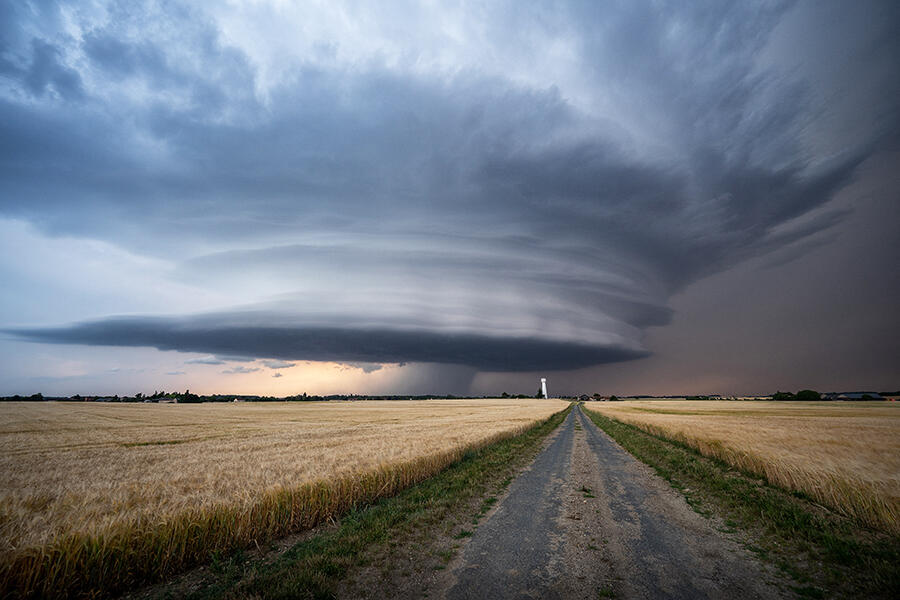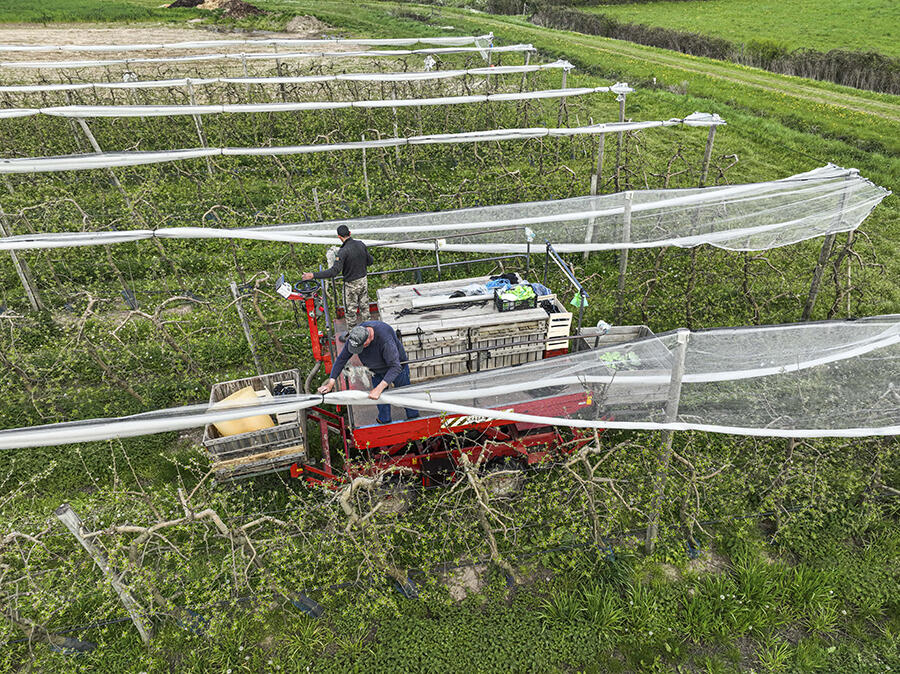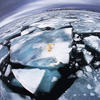You are here
Climate transition and the city

What are the major challenges facing the 28th Conference of the Parties (COP28), now being held in Dubai (United Arab Emirates), from 30 November to 12 December?
Robert Vautard1: It's always pretty much the same thing: we're meeting to work out how to implement the Paris Agreement signed in 2015, which aims to limit the rise in average global temperatures to 1.5 °C in the long term. The question is whether we do this separately or all together. Obviously, this involves a great deal of negotiation about funding, the technologies to be deployed, and even technology transfer. But it must be admitted that things aren't moving very much when it comes to climate policies. To give you a rough idea, if we were to apply only those already adopted and partially implemented, to the exclusion of any further measures, we would be looking at an average increase in global temperatures of about 3 °C, give or take around half a degree, by the end of the century. If, on the other hand, the negotiations are successfully concluded, the United Nations Environment Programme (UNEP) reckons that we could achieve 2.5 °C. But that's still a long way from the 1.5 °C set out in the Paris Agreement.
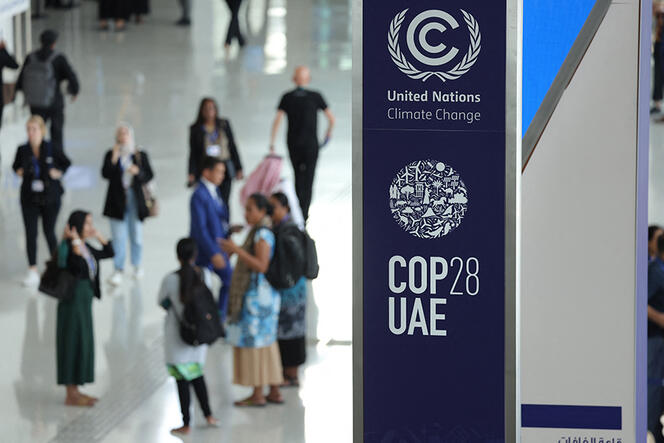


Another major issue to be discussed revolves around the question of investments in fossil fuels and how to reduce our dependence on them. The key point is whether this will happen gradually or suddenly and whether it will be necessary to use technologies such as carbon capture and storage (CCS).
You're saying that we are way off track when it comes to reducing CO2 emissions, even though negotiations have been going on for decades. Do major international conferences like the COPs still serve any real purpose?
R. V.: What the latest report by the Intergovernmental Panel on Climate Change (IPCC) says is that decarbonisation on a global scale can't be achieved without cooperation between all the different countries and stakeholders. These meetings provide an essential framework for that purpose. That's the whole point of the UN Convention on Climate Change.
Having said that, it's true that things are moving forward too slowly, although there is some progress nonetheless. In fact, we'll be attending the conference, not all of us in person, in order to organise two events. The first will take place on 1st December and will focus on how much time we have left if we are to avoid an increase exceeding 1.5 °C. The second will be held on 2nd December and will address the challenges facing climate physics.
This will provide an opportunity for the community of climate physicists to discuss their findings, and give my colleague, co-chair Xiaoye Zhang2 and myself an overall view that will help us to best prepare the work of IPCC Working Group I, which we will both be chairing.
The world is undoubtedly experiencing its warmest year since the beginning of the industrial era. Droughts, flooding and other extreme weather events are following one another in quick succession and causing more and more damage. Is climate change accelerating?
R. V.: There's nothing new about extreme weather events, which have always existed. But today we are seeing a significant increase in their intensity, extent and duration. I deliberately avoid talking about acceleration since for the moment there is no indication that global warming is speeding up. Temperatures are continuing to rise in line with greenhouse gas emissions. Many regions of the world are being affected by heat waves and extreme precipitation, although at the same time there are fewer episodes of intense cold.
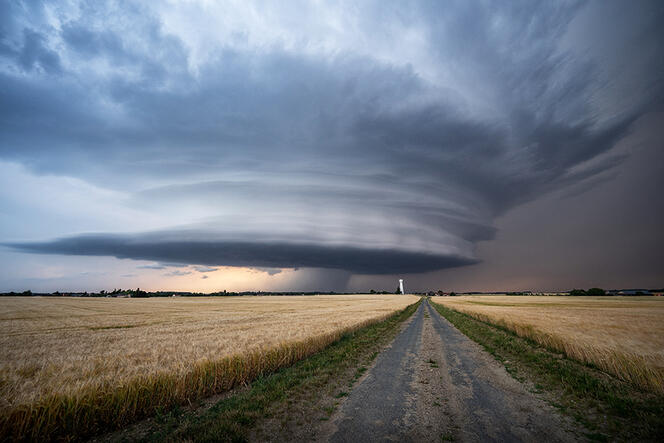
As for droughts, things are a bit more complex, but, although there's a great deal of uncertainty, in several regions they are becoming more and more severe, especially soil droughts. Regarding changes in precipitation patterns, the situation is more complicated in my opinion.
For example, when you look at flooding, you can see that until a few years ago, it was mostly caused by rivers overflowing, whereas today it is increasingly associated with runoff. What happens is that, locally, violent rainfall over a very short period of time leaves drainage networks unable to cope with the massive influx of water. As a result, flooding occurs even in places where there is no identified risk. And this phenomenon isn't happening near rivers, but in cities! This is a new type of extreme weather event.
We also recently carried out a study on the mind-boggling growth in the number and intensity of heat waves in Europe. And it turns out that, apart from the polar regions, this is the area of the world where there is the greatest increase in heat waves and heat spikes, especially in Western Europe and France. At this stage, we don't know exactly why this should be, although we have recently discovered that it's related to a greater frequency of winds bringing tropical air.
Which extreme events are still hard to model or forecast?
R. V.: Well, it all depends on what is meant by ‘forecasting’ the events and phenomena in question. Extreme rainfall on the scale of a few hours, such as thundery showers, cannot be predicted by today's global climate simulation models. To do this we would have to be able to simulate such occurrences at very high resolution, on the scale of large clouds. Hail is also hard to forecast, simply because there is very little literature about it, even though it represents a substantial threat to agriculture. Although there is some data, the scientific community only first started investigating the subject some 20 or 30 years ago. The same goes for tornadoes. All these processes are difficult to characterise with quantitative physical measurements, and existing information is not sufficient to determine real trends.
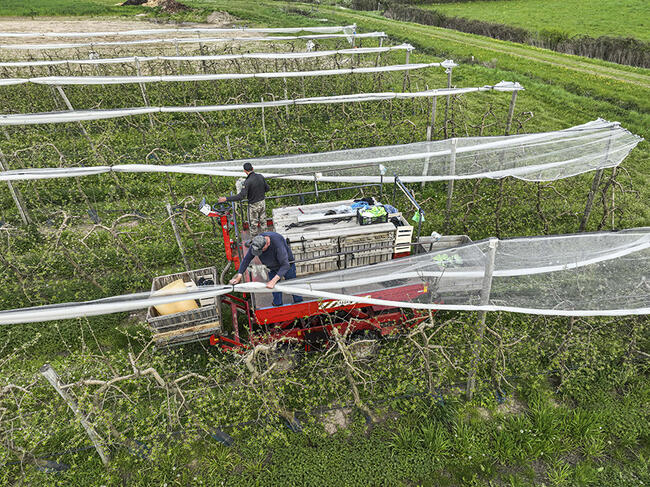
Today we are also faced with the possibility of events on a larger scale, as illustrated by the high temperatures experienced all over the world this autumn. These were probably caused not only by climate change but also by the El Niño phenomenon, and possibly some other more minor factors. The reduced extent of Antarctic sea ice this year can also be regarded as an extreme event. How can it be explained? How do models simulate such processes? These are the kinds of extremely important and scientifically interesting questions we need to address.
As you know, more and more scientists, both in France and around the world, are increasingly abandoning a neutral stance with regard to the climate emergency. In your opinion, doesn't this urgency imply a change in the role scientists play in society?
R. V.: I believe that the answers to this question can vary greatly depending on the motivations of each individual. There is no general rule. I don't think that the primary role of scientists, which is to provide information, is any different. It's true that many colleagues are wondering whether to adopt a more militant stance. The CNRS Ethics Committee (COMETS) report perfectly reflects the general position of the scientific community: scientists are citizens just like everyone else. As such, they have the right to speak out, or not, about their political, militant or environmentalist views. This is a fundamental right that goes hand in hand with their responsibility for the information they provide when they talk about topics that are not purely scientific. As far as I'm concerned, I believe it is extremely important for researchers to show consideration for one another, regardless of how they choose to express themselves in their interactions with the public, and that what they say be respected as long as it complies with this ethical rule, which is usually the case.
For you and your colleagues the COP28 is just the beginning of another long cycle, the IPCC's Seventh Assessment Cycle. What will this involve?
R. V.: Unfortunately, I can only give a partial answer to this question as the full details of the IPCC's work from now until 2029-2030 won't be known until after the plenary meeting in January 2024.
For now, the decision has been taken to produce a report on cities and climate change, which is expected in late 2026 or early 2027. Working Groups I, II and III should issue their own accounts3, followed by several Special Reports, and probably a Synthesis Report as well. Beyond that we don't have any visibility.
Will the report on cities be one of the IPCC's special reports?
R. V.: Yes. This special report was commissioned during the previous assessment cycle. It will be extremely important because, ultimately, it is in cities and in structures which are not necessarily national or international that the climate transition will take place, and that there is a significant need for information. In addition, over half the world's population now live in cities. This concerns a huge number of people, some of whom are extremely vulnerable to all kinds of crises.
Is focusing on cities a way of better integrating the human dimension?
R. V.: Absolutely. The goal is to have information that really is easier to implement directly. Cities potentially represent not only a concentration of problems related to climate change, but also a concentration of solutions to these problems. They are subject to climate hazards that appear to become increasingly frequent, such as heat waves and flooding. As a result, extreme weather events in particular are going to take on great importance there. Local authorities will have a decisive role to play, particularly with regard to adaptation, in protecting people from climate disasters.
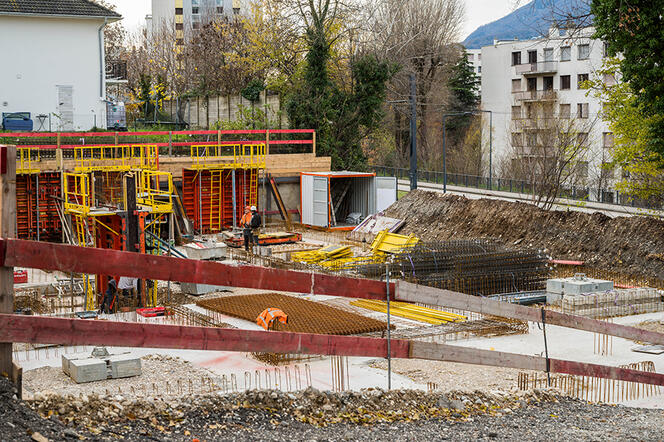
Not only are we going to approach local decision-makers, but we will also be including them in our methodology as soon as the report is framed, between now and next summer. For example, the group of experts in charge of drafting the summary of the report on cities will include academic scientists, i.e. from universities and research organisations like the CNRS, as well as people involved in running cities and dealing with urban environmental issues. The latter will have a background of expertise that isn’t necessarily academic but rather more hands-on. This is an extremely important and innovative approach.
What topics might be addressed in future reports?
R. V.: There are a number of things that frequently come up in discussions. The subjects we talk about most revolve around climate extremes, tipping points (which are the thresholds beyond which systems reorganise and behave differently), and adaptation, which, perhaps, lacks a sufficiently well-defined strategy on an international level. The question of loss and damage often comes up, as do topics related to geoengineering and carbon capture. We don't yet know whether these points will be addressed in the form of special reports or alternatively in the overall evaluation report. This is still under discussion.
And finally there is the question of the carbon cycle and the uncertainties about the future of carbon sinks. Will they remain as effective as they are today? Or, due to wildfires, forest mismanagement, dieback, and land degradation, will the land surface, and even ocean surface, no longer be able to absorb as much CO2 as before? This has huge implications for public policy, because what is called ‘net zero’ – the point of balance between sources and sinks – depends entirely on this knowledge.
So, if all the countries agree to achieve net zero by 2050, it is essential that we know the real ability of the carbon sinks identified today to play an effective role in the future. But if we misjudge the capacity of a carbon sink to store CO2, this could delay our reaching the net zero target.
The subject of extremes seems to come up again and again. Why is this?
R. V.: Mainly because our understanding has changed. Our perception used to be much more theoretical since we didn't know enough about extremes. But over the past ten or twenty years we have begun to see the full-scale impacts of climate change unfolding before our eyes, even though the average global temperature has only risen by some 1.15 °C or 1.2 °C since the dawn of the industrial era. Today, although we are nowhere near what the situation could be like a few decades from now, we are just beginning to get a taste of things to come. ♦
To find out more
Discover all our articles on climate and climate change in our special report (in French):
Climat: le défi du siècle (Climate: the challenge of the century)
Further reading on our website
Urban planet
- 1. Meteorologist and climatologist, and CNRS research professor at the Institut Pierre Simon Laplace (IPSL – CNRS / CEA / École des Ponts ParisTech / École Polytechnique / IRD / Sorbonne Université / Université Paris-Saclay / UVSQ).
- 2. Meteorologist and professor of chemistry and atmospheric physics at the Chinese Academy of Engineering.
- 3. IPCC Working Group II assesses the vulnerability of socio-economic and natural systems to climate change, its negative and positive consequences, and options for adapting to it. Working Group III focuses on climate change mitigation, appraising methods for reducing greenhouse gas emissions, and removing greenhouse gases from the atmosphere.


